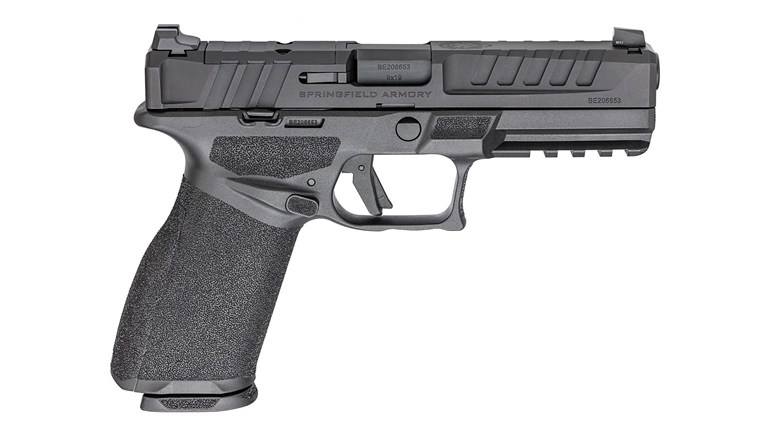
Ignore 2020’s and 2021’s record-shattering firearm sales pace—driven by the historic collision of the COVID-19 pandemic and widespread social unrest—and this year is shaping up to be another banner one for the industry, likely eclipsing the mark set in 2019 and vying to place among the top-three in all-time purchases. “[T]he contrast to prior years is remarkable, with total (estimated) unit sales from January to July of 7.4 million in 2019, 13.1 million in 2020, 11.9 million in 2021, and 10.0 million thus far in 2022,” Jurgen Brauer, Small Arms Analytics & Forecasting (SAAF) chief economist, noted in a press release last week.
This year will probably not set the highwater mark, considering that title is held by 2020’s estimated sales at somewhere between 21 and 23 million guns (depending on the source and methodology). Roughly 18 million guns were purchased during 2021, which eclipsed 2016’s election-year total of around 16.6 million. The latter year currently holds third place, although that status may be in jeopardy.
With firearm inventories finally refilled, ammunition reappearing and five months remaining in the year—including the heaviest buying times of November and December—2022 could be poised to claim third place. In 2019, a total of around 14 million guns sold. Using Brauer’s figure (above), that means 6.6 million of them went home with enthusiasts from August to September. If the pace is identical this year, 2022 will come in at around 16.6 million, a photo finish for bronze with 2016.
SAAF estimated July’s firearm sales totaled roughly 1.3 million, a year-over-year decrease of 5 percent relative to July 2021. The organization estimates handguns outsold long guns by a factor of 1.77 to 1.
Estimates are based on the volume of FBI NICS checks conducted nationwide. Those generated for concealed-carry permits and other administrative use are subtracted to generate a rough snapshot of industry health. NICS figures do not include private transfers , however, nor any transfers made by valid carry-permit holders in states that do not require conducting a redundant check.




































